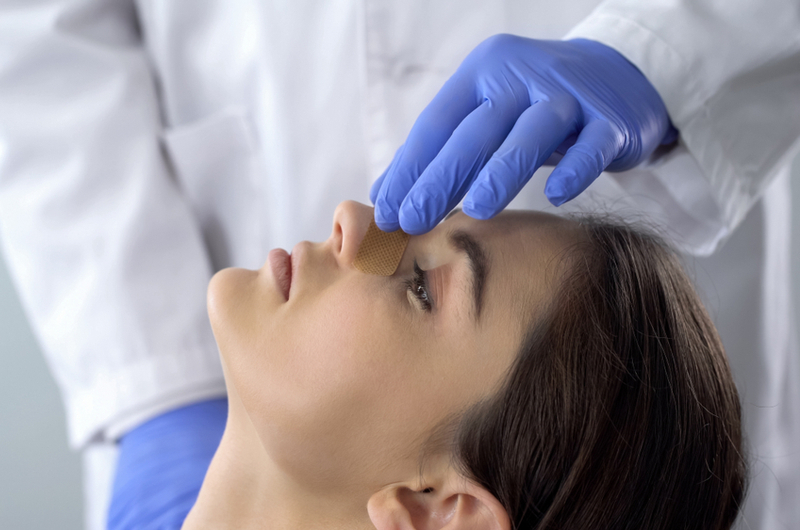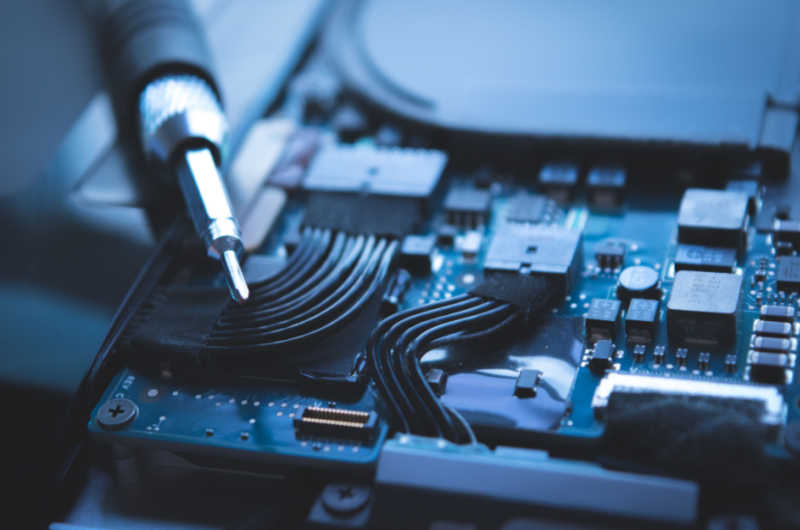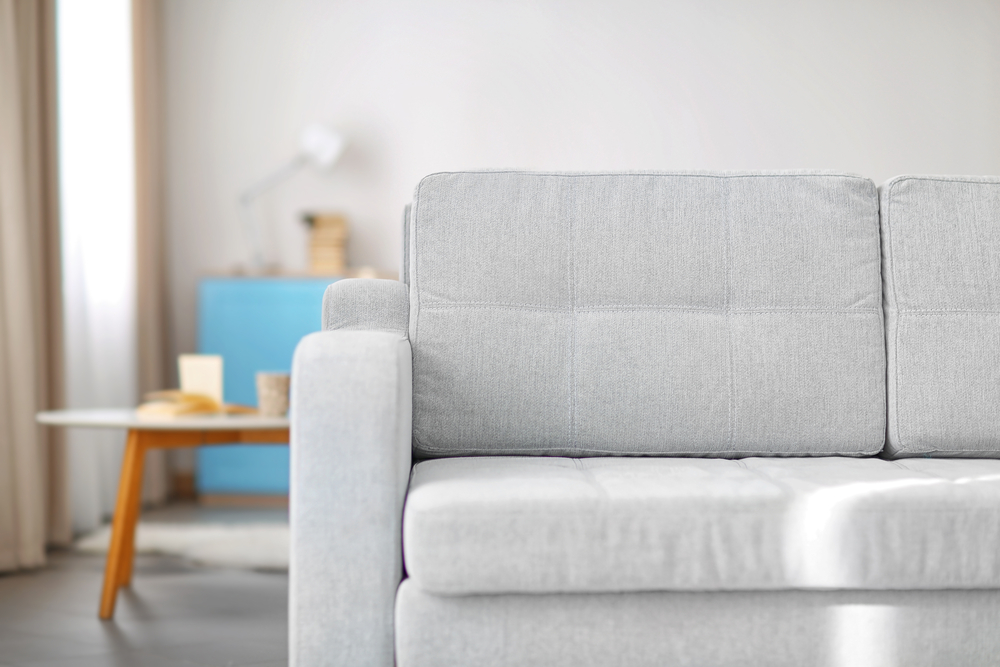Rhinoplasty: Your Questions Answered
Rhinoplasty is a surgery performed to change the shape of a nose for appearance and breathing purposes. Read to learn all about rhinoplasty today.
Rhinoplasty is a type of plastic surgery performed to change the shape of a patient’s nose. Commonly referred to as a “nose job,” this type of surgery is also performed on occasion to improve the breathing of the patient. Numerous important aspects must be considered prior to having this type of surgery, including the facial features of each patient and all potential outcomes and risks. Modern technology now allows patients to see the likely results of rhinoplasty using 3D imaging and other computer graphics features. While risks are minimal, it is still vital to understand what this type of procedure will require and entail. Continue reading below to have all your questions about rhinoplasty answered today.

Rhinoplasty 101 - Overview of a Nose Job
Many people think of a nose job as a cosmetic procedure only. While this is often the case, rhinoplasty is also performed to improve breathing in patients. When a patient has breathing issues curable via rhinoplasty and wants to change the shape of his or her nose, rhinoplasty serves a beneficial dual purpose. Essentially, cosmetic rhinoplasty improves the overall shape and appearance of a nose, whereas functional rhinoplasty improves its function and form.
What Types of Rhinoplasty Procedures Are Available?
Multiple types of rhinoplasty procedures are performed today. The type of rhinoplasty surgery required depends largely on the reasons for having the surgery in addition to the style and techniques chosen by each surgeon. For example, a surgeon will choose a technique he or she feels will the best serve the needs of the patient unless a specific type of rhinoplasty is required for medical or other reasons.
Open and Closed Rhinoplasty Procedures
Closed rhinoplasty surgeries involve the surgeon making incisions from inside the patient’s nostrils. This is done to hide potential scarring from other people, including those at work, school or in public. A closed rhinoplasty procedure is possible to perform on a patient when the lower parts of his or her nose and/or nasal tip are not in need of comprehensive straightening.
Open rhinoplasty surgeries involve the surgeon making external incisions on the skin located between the patient’s nostrils. This is done to provide access to patient’s nasal structure in its entirety, which increases surgical freedom and control over the final shape and structure of the nose. Scarring is minimized in open rhinoplasty procedures and often undetectable by others, although the development of some scar tissue is possible.
What Is Tip Plasty?
A tip plasty procedure is designed for patients who only desire to alter the tips of their noses. Tip plasty surgeries are performed as both open and closed procedures. This type of surgery is not possible for patients who also need or desire changes to the bridge of their nose, however.
Secondary and Filler Rhinoplasty Procedures
Additional adjustments are sometimes required after an initial rhinoplasty surgery. A secondary rhinoplasty procedure is performed when revisions are needed to improve and/or adjust the outcome of the first procedure. Secondary rhinoplasty surgeries are also performed as open and closed procedures. Occasionally, multiple rhinoplasty procedures are required on certain patients who have experienced more severe damage or deformities.
Filler rhinoplasty procedures are the least intrusive of all rhinoplasty options. During a filler rhinoplasty, the surgeon injects a filler material to reshape the patient’s nose. No incisions or stitches are required, which eliminates the potential for any scarring. Changes made via filler rhinoplasty procedures do not always last as long those made during rhinoplasty surgeries, however. These procedures are also not viable options for patients seeking to reduce the size and/or shape of their noses as well.
Septoplasty
A septoplasty is also referred to as a nasal fracture repair. These procedures are often performed in tandem with other rhinoplasty procedures. A septoplasty essentially straightens a patient’s nasal septum. Deviated nasal septum and nasal valve dysfunction corrections are common reasons for a patient to require a septoplasty procedure.
What Does a Rhinoplasty Procedure Entail?
Rhinoplasty procedures are capable of altering skin, cartilage and bone. Some rhinoplasty procedures alter a combination of these elements or correct all three. Before undergoing this type of procedure it is essential to understand what one entails. This includes obtaining information about:
-
The types of alterations and adjustments possible via rhinoplasty.
-
The types of appropriate patient candidates.
-
Undergoing medical evaluations.
-
Visualizing the potential results.
-
Preparation requirements.
-
Insurance coverage and out-of-pocket expenses.
Possible Adjustments
Rhinoplasty smooths out bumps in the bridge of a nose. Crooked noses are straightened, whereas exceptionally long ones are shortened. Bulbous nasal tips are corrected and narrow noses widened. Essentially, most types of corrections to symmetry, post-damage restorations and improvement of breathing issues are all possible through rhinoplasty today.
Patient Candidates
Both men and women receive rhinoplasty surgeries and procedures. All patients must possess a fully developed nose to undergo a rhinoplasty procedure, however. This means patients must typically be fifteen (females) or sixteen (males) years of age or older to qualify.
Medical Evaluations and Preparations
Medical evaluations are performed prior to scheduling a rhinoplasty surgery. These evaluations include bloodwork, X-rays, ECGs and tomography tests. Your surgeon will also perform a facial analysis and examine the structure of your nasal cartilage and skin.
Follow all guidance, instructions and advice provided by your surgeon. It is common for patients to be instructed to not eat for the eight hours directly preceding surgery. Beauty products such as makeup and hairspray are also typically to be avoided before and during surgery. Consult with your surgeon for specific preparations and instructions leading up to your rhinoplasty procedure.
Does Insurance Pay for Rhinoplasty?
Most health insurance plans do not pay for elective cosmetic surgeries and procedures. Patients suffering from deviated septum issues, cleft palates or birth deformities might require rhinoplasty for medical reasons, however. The same is true for patients suffering from injury or trauma to the nose or chronic allergy-based nasal inflammation. Consult with your insurance agent to find out if your rhinoplasty procedure is covered by your health plan today.
Finding a Rhinoplasty Surgeon (and scheduling your procedure)
Getting a rhinoplasty procedure requires finding the best surgeon available to suit your needs. Qualified rhinoplasty surgeons are available all over the country so you might need to spend time performing online searches and making phone calls. One online resource you might want to consider is the PlasticSurgery.org website. This website offers guidance on how to choose the best surgeon for you. A domestic and international plastic surgeon search directory is also provided.
If your rhinoplasty surgery is covered by your insurance plan you need locate a surgeon who accepts your insurance. This is done by asking your insurance agent to provide you with a list of in-network rhinoplasty surgeons and/or by calling your preferred surgeon choices. You will need to set up an initial consultation with your surgeon (once selected. During the consultation you will discuss your reasons for choosing rhinoplasty as well as all potential outcomes and risks. Additional resources to locate qualified professionals for rhinoplasty procedures include:
-
American Academy of Facial Plastic and Reconstructive Surgery (AAFPRS).



